Beyond the Binary: Gender and Language
Stephanie Borgovan
“Beyond the Binary: Gender and Language” studies the language of gender beyond limited notions of “man” and “woman.” Key terms are supplemented with animated interpretive graphics. These terms are discussed with people of varying gender identities, and the graphics transform and expand to become visualizations of the individual identities of participants.
My goal was to create an engaging reference to progressive gender terminology by simplifying the content into an engaging and approachable form, then deepening it with personal narratives of individuals who identify with those terms.

Key Gender Terms
Simple shapes, color theory, and texture are used to build a visual language conveying concepts around gender, that can be understood easily by a large audience.

Interview: Isabella
I went on to speak with people of various identities and expressions to get a sense of how they engage with gender and the language that accompanies it.

Interview: Drew
The animations follow the interviewees responses, transforming the initial visual system into highly personalized representations of gender.

Interview: Harley
Some interviewees had specific associations with color and texture that felt relevant to the terms they use to identify themselves. This added layers of complexity to the visual symbolism I was developing.

Interview: Vivian
Some responses directly contradicted the visual language I had created, further deepening the concepts.

Interview: Julia
Ultimately the language around gender proved to exist on both the public and private planes. We use words to engage with one another, but they mean different things to different people based on individual experience. Language needs to work for all of us in order to function as a system of communication.

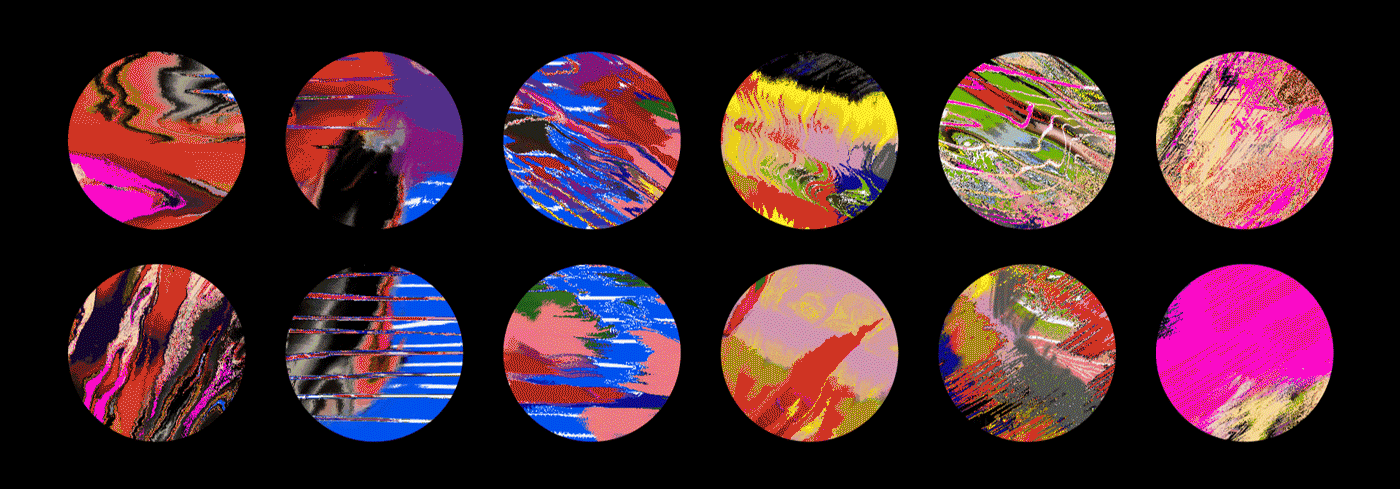
The personalized visualizations of participants’ gender identities transform and meld to become increasingly complex—similar to how meanings of words change over time based on how individuals within a society use them.




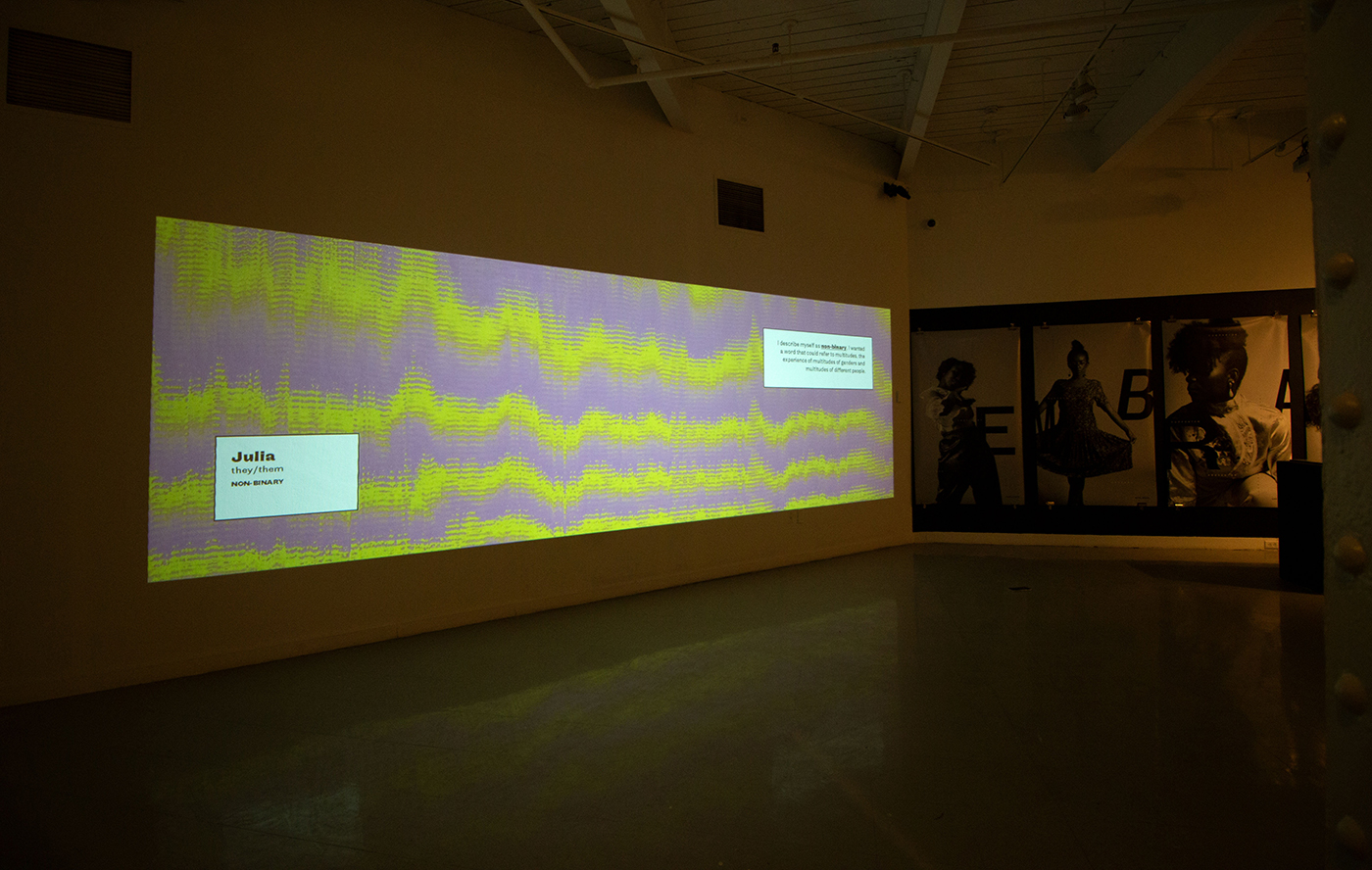

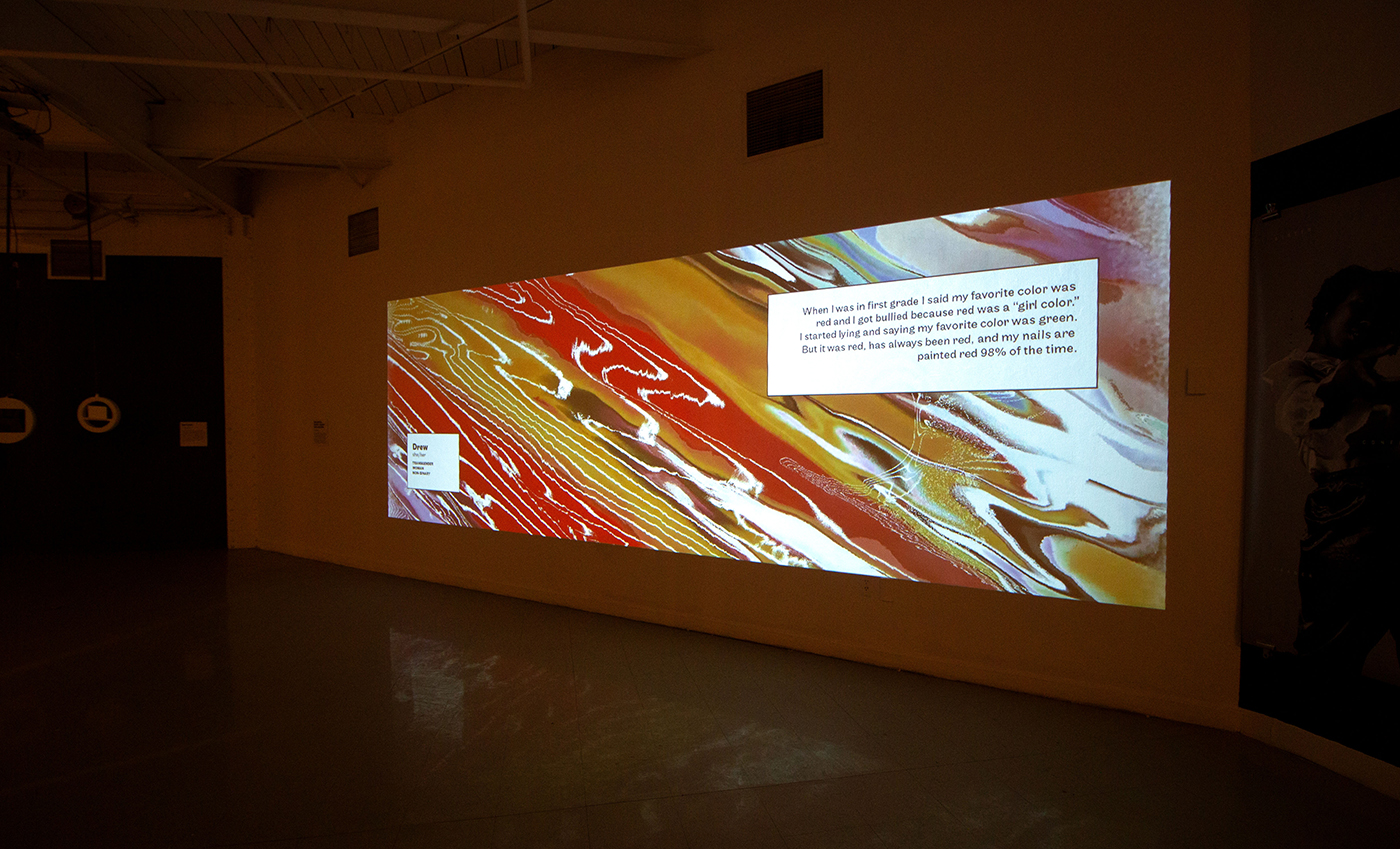
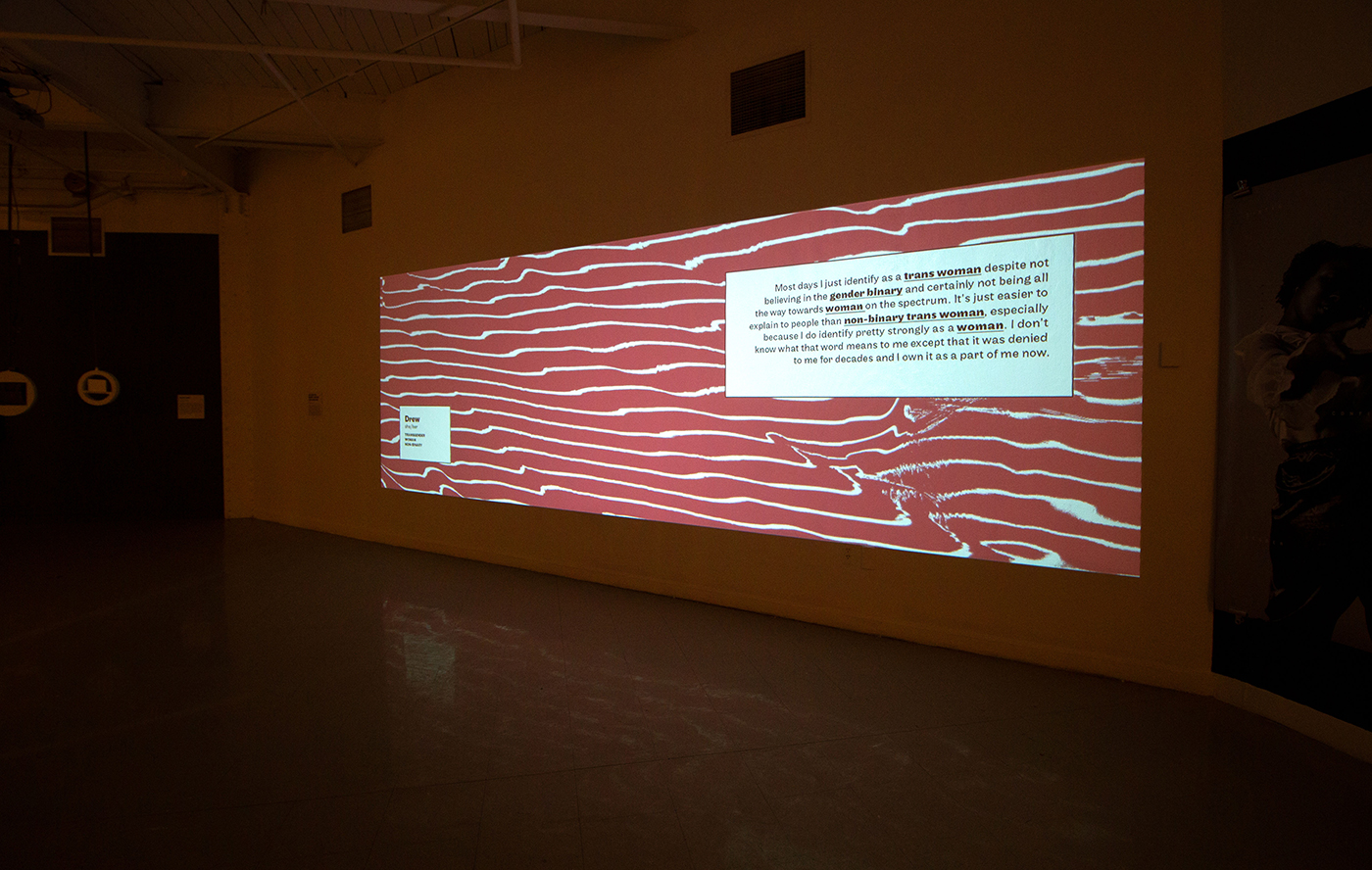

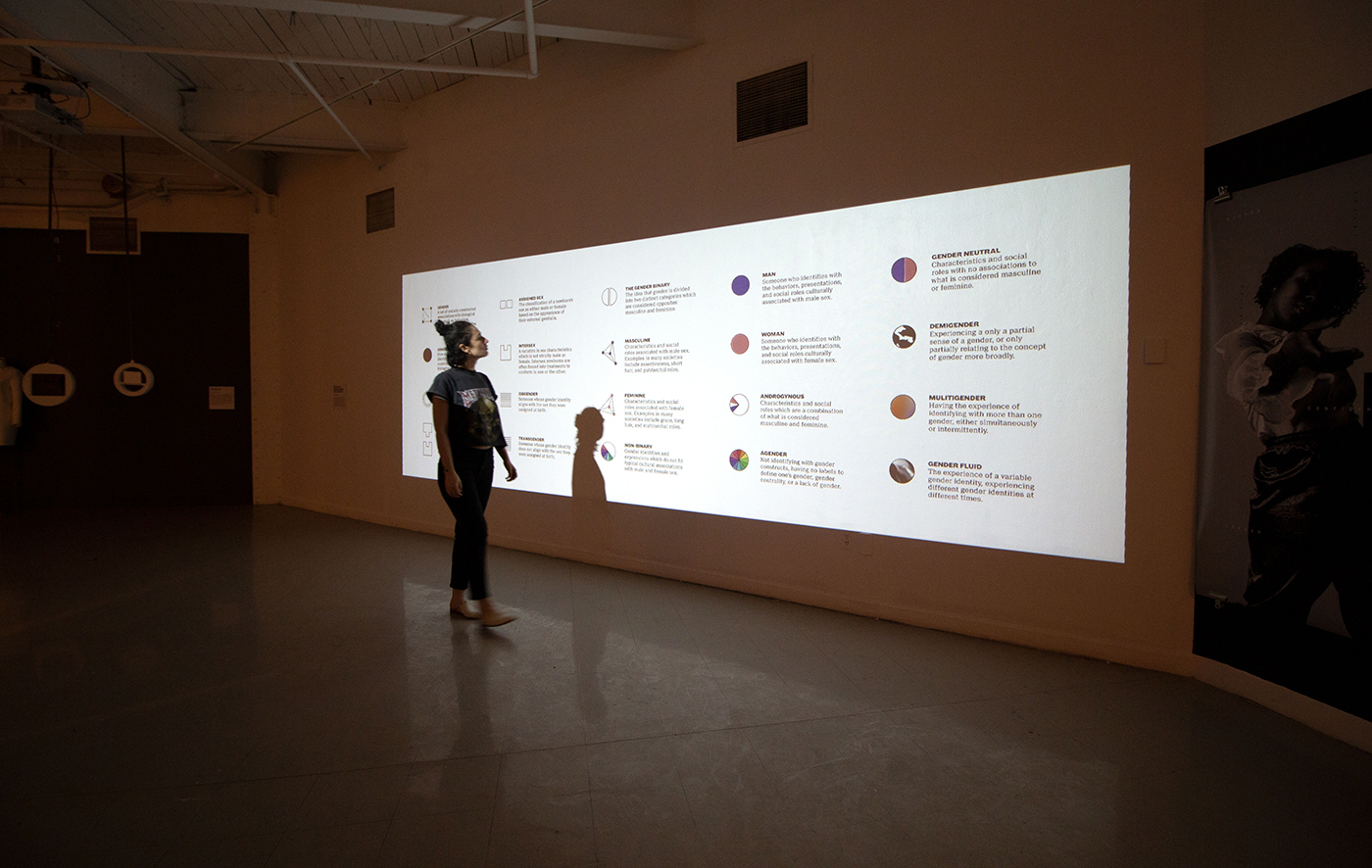
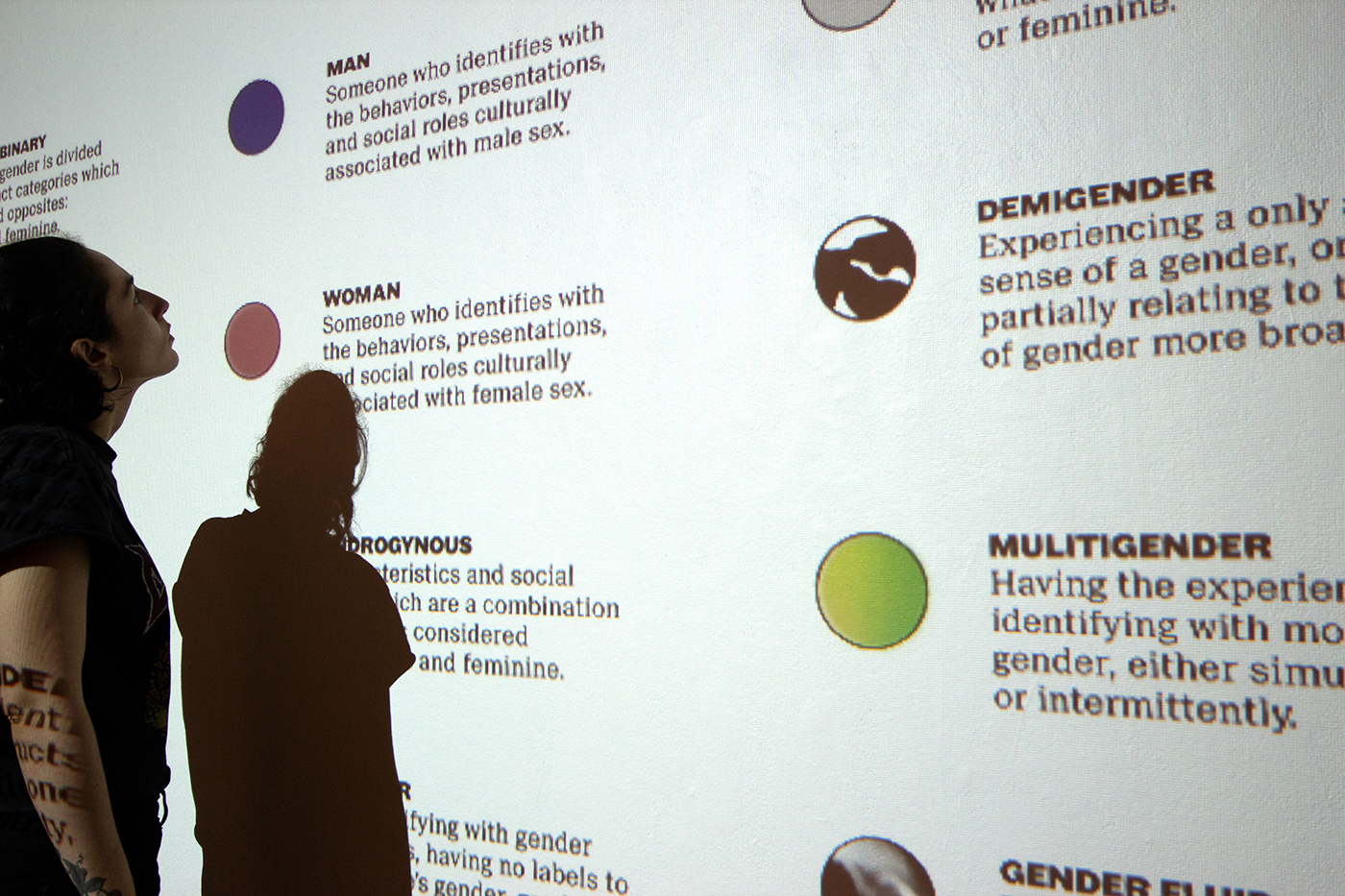
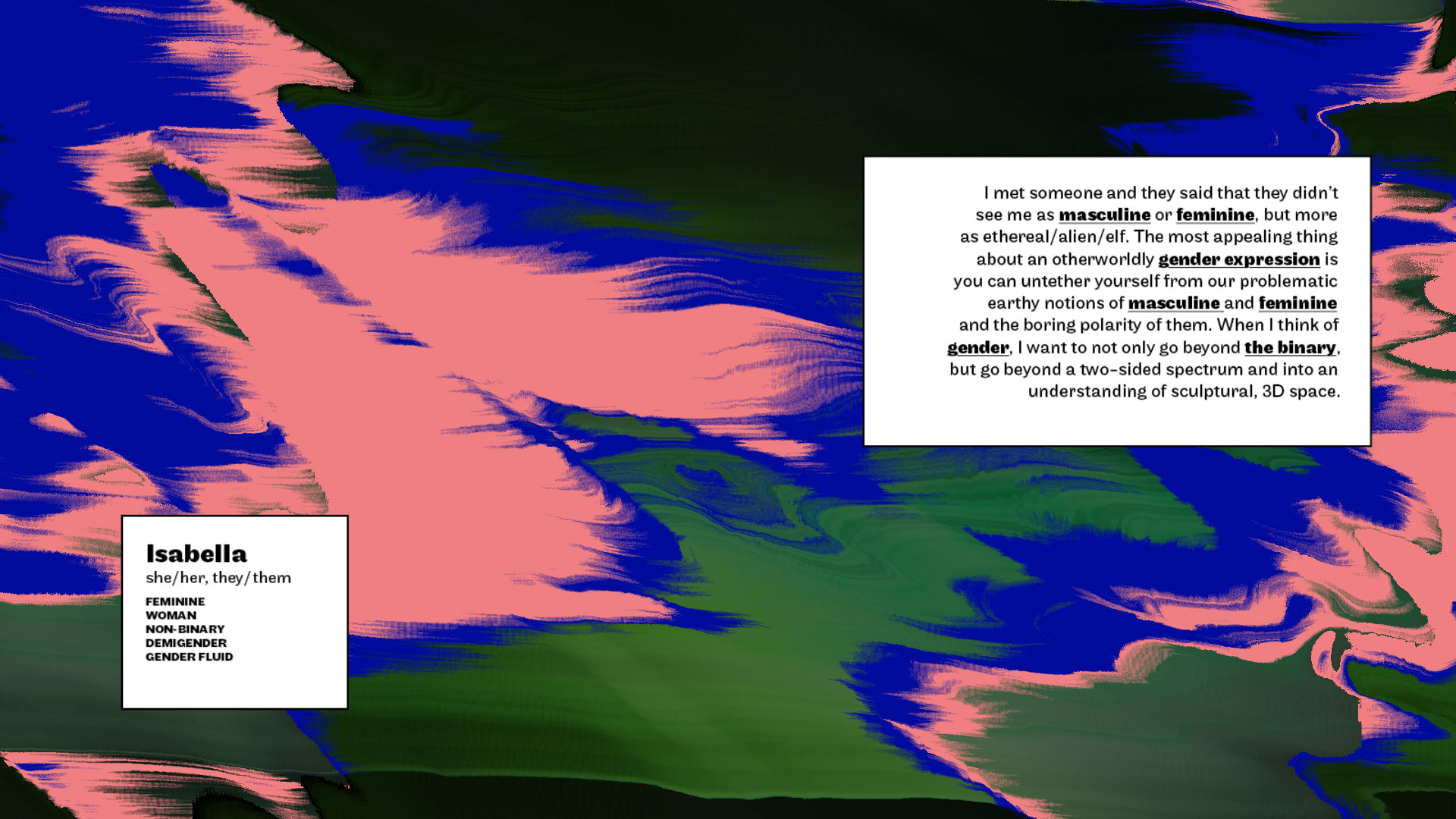
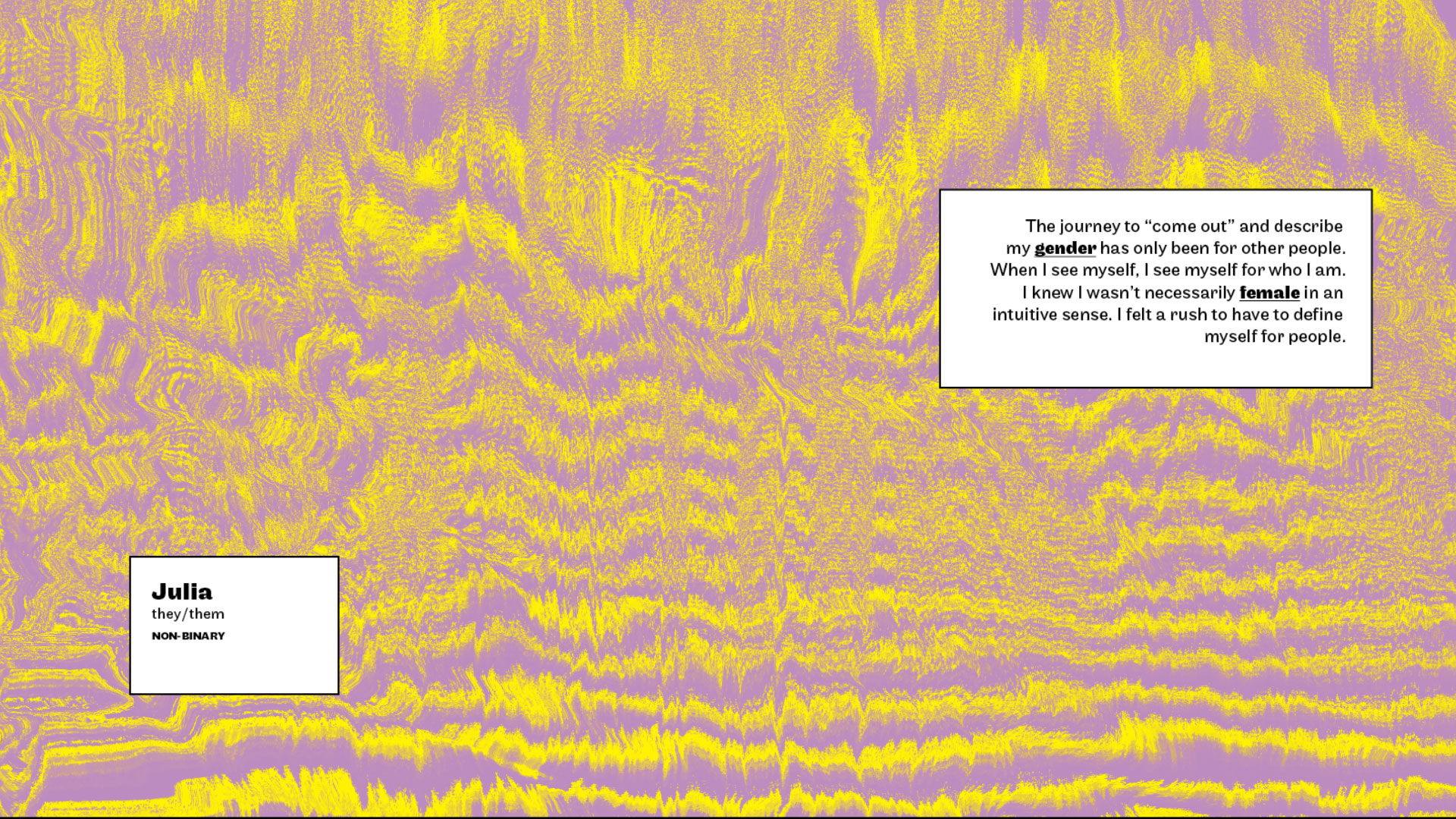
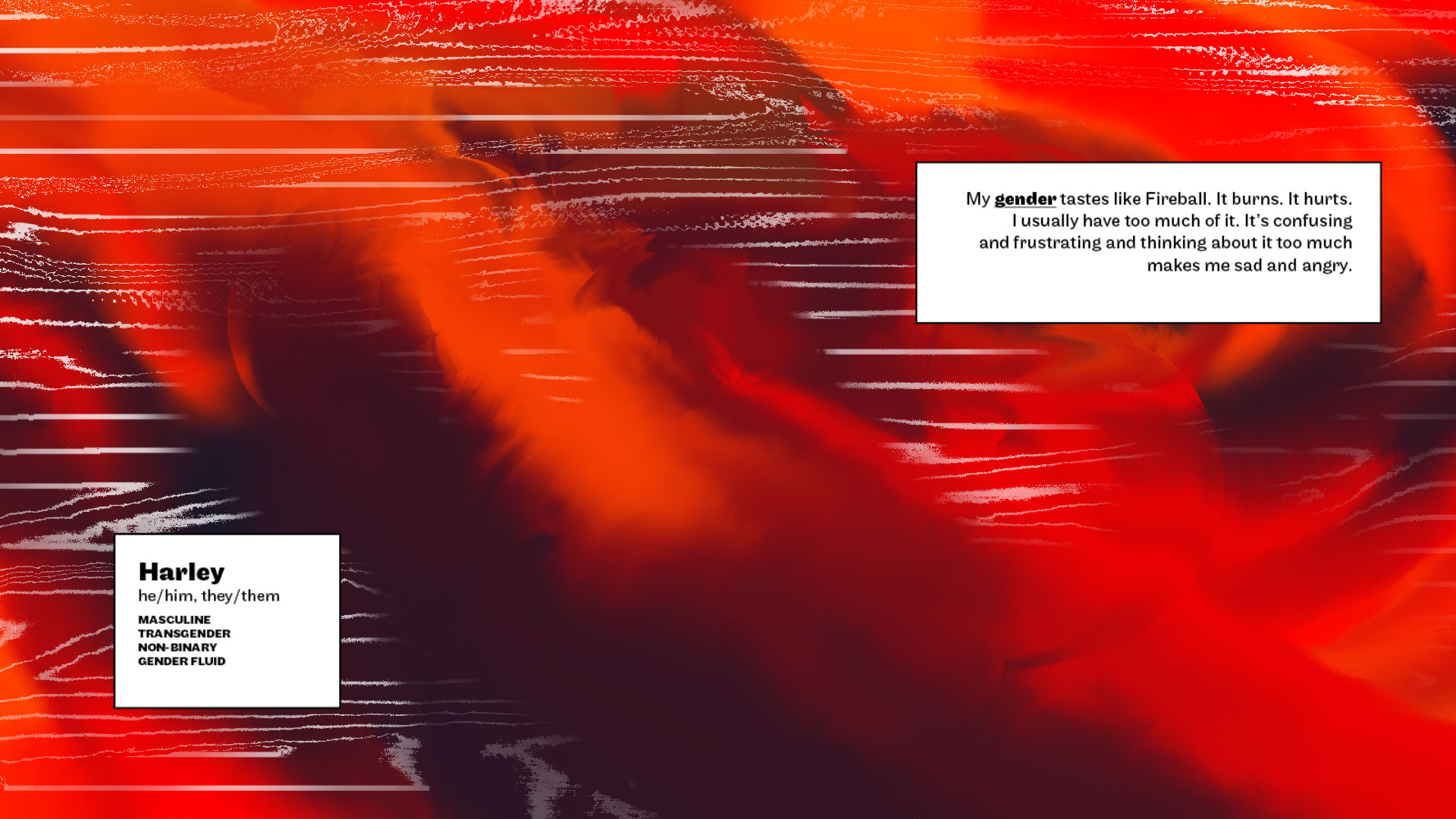


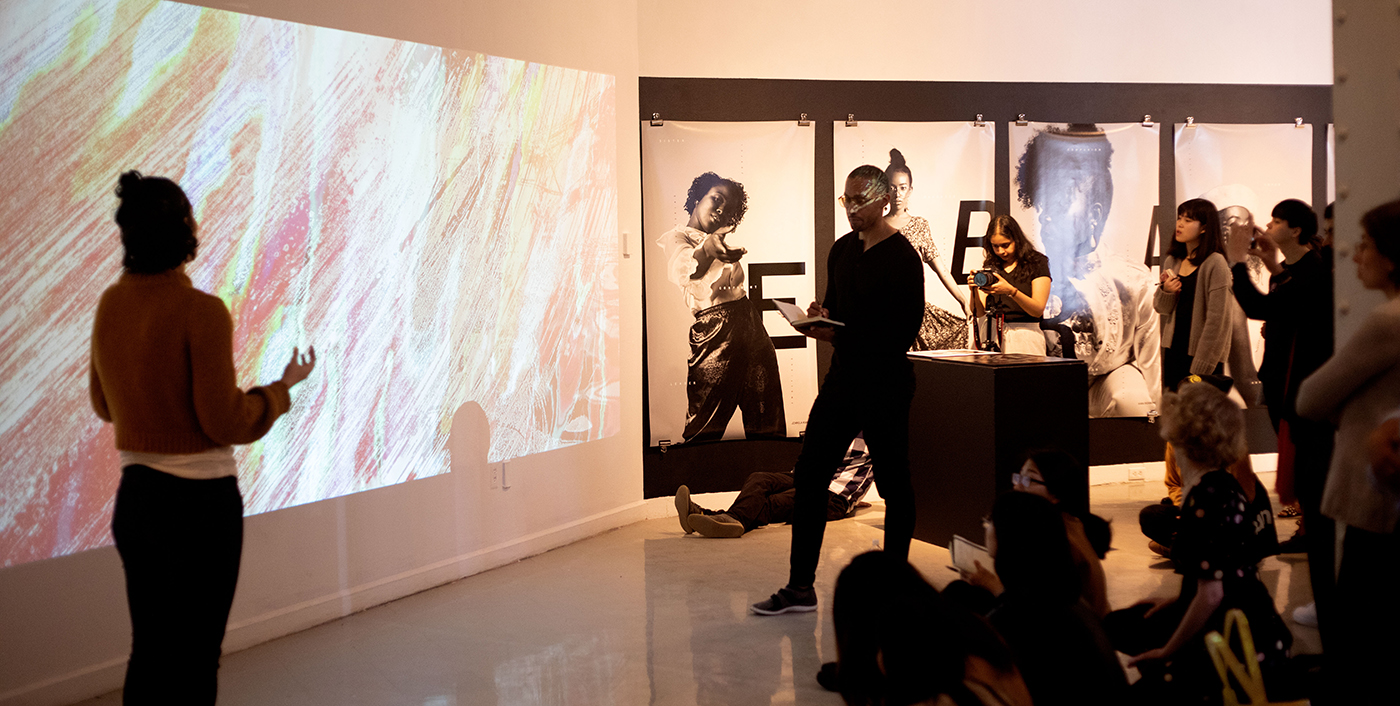
Thesis defense with guest critic, Silas Munro
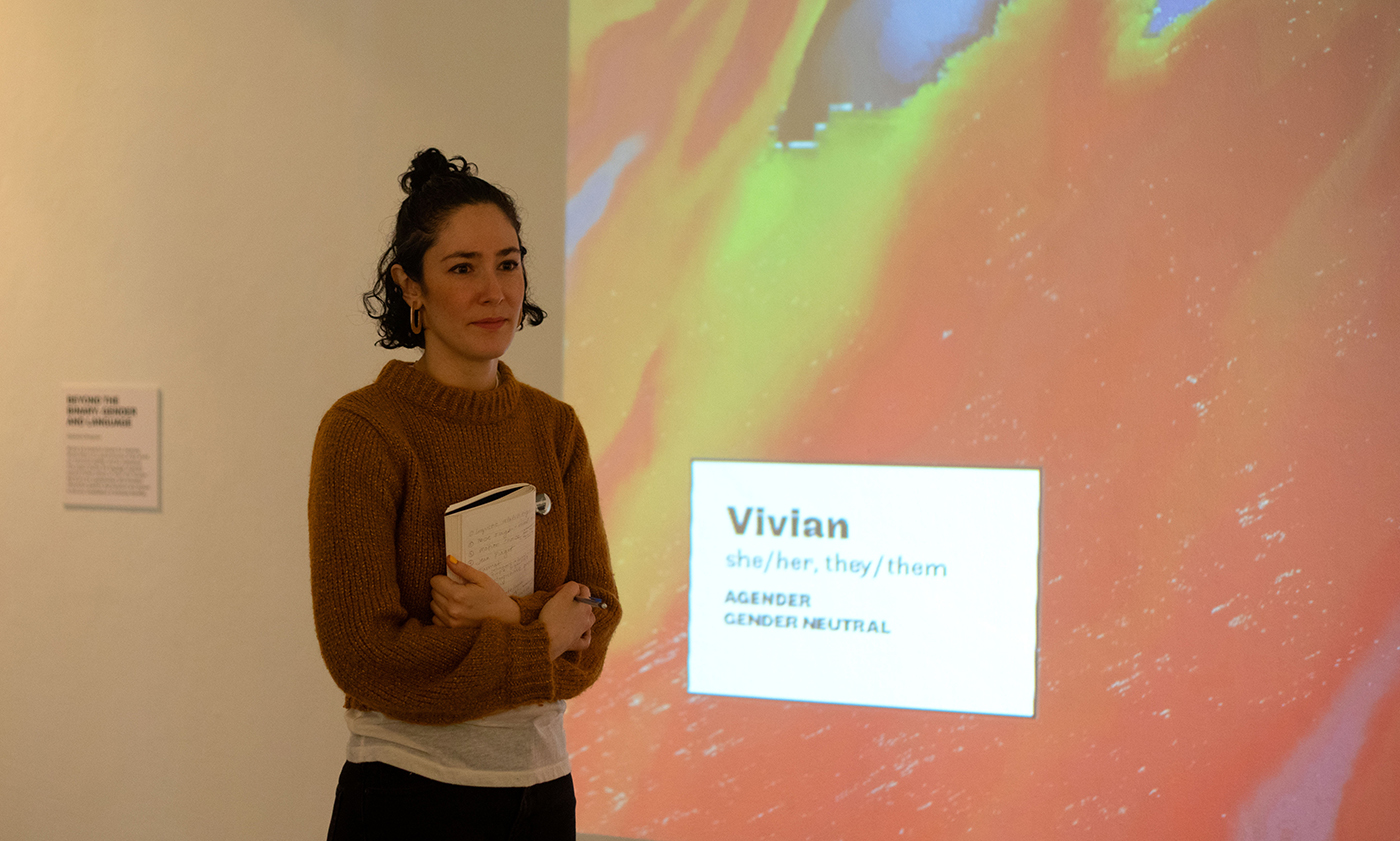

Jason Gottlieb, Stephanie Borgovan, Ellen Lupton, Silas Munro, Jennifer Cole Phillips
